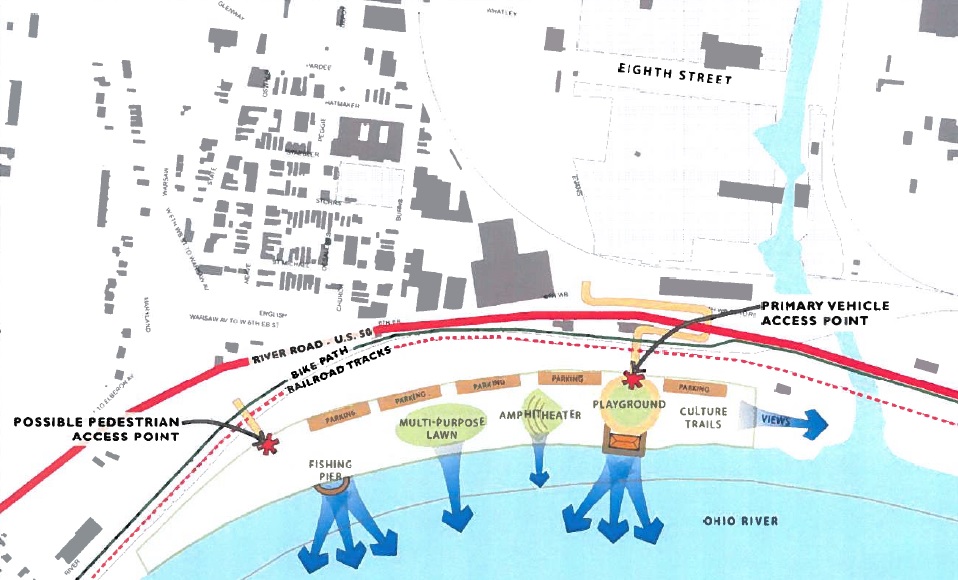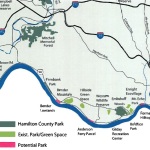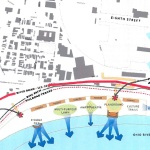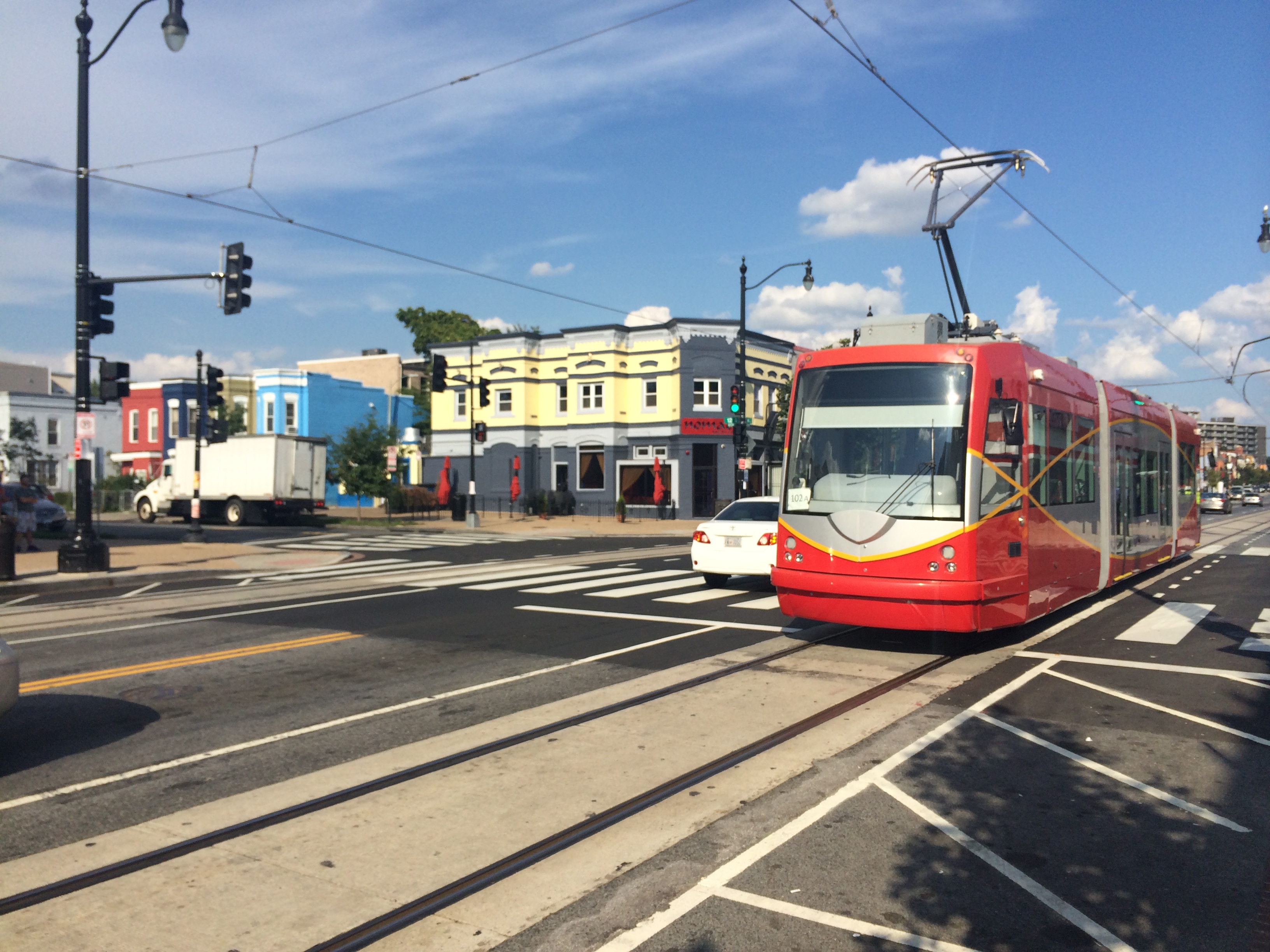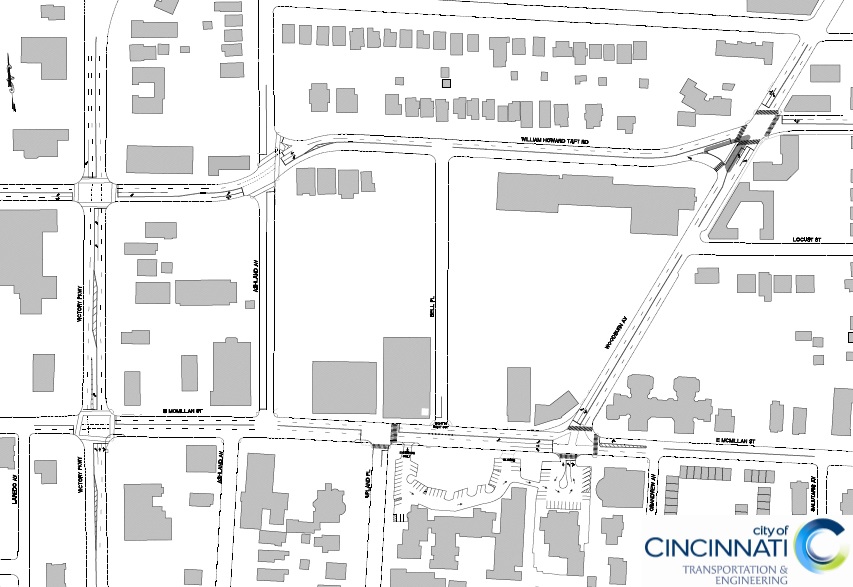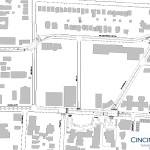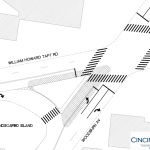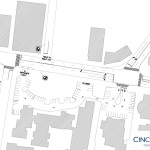River West Working Group and Price Hill Will announced last month that they have received two grants to create a park framework plan for Price Landing, an integral piece of the overall western riverfront vision.
The first is a $30,000 grant from Interact for Health, and the second is a $16,000 grant from the Greater Cincinnati Foundation. The combination of the two will allow for the development of a vision and preliminary design for the park that would become the eastern bookend of the Ohio River Trail West.
Cincinnati’s western riverfront spans 22 miles from downtown to Shawnee Lookout, and Price Landing is seen as a critical step in reclaiming the riverfront ecosystem as a recreational and educational experience, rather than industrial.
Glaserworks and Human Nature have been hired to create the plan for the park, which will include major park features and a preliminary budget for the construction of the project. River West Working Group will manage the design process in coordination with both firms; and they say the goal of the process is to complete the park framework plan by the middle of 2015.
“This is a very exciting addition to the many positive developments driving the ongoing revitalization of our West Side neighborhoods,” said Tom Croft, Co-Chair of River West Working Group. “With the creation of Price Landing, and the expansion and renovation of the Cincinnati Recreation’s nearby Evans Fields, Lower Price Hill will be a true recreation destination.”
Having advocated for the park since 2007, River West Working Group says their mission is to foster communication among West Side neighborhoods about development and land use issues, and to promote proactive strategies to make Cincinnati an attractive place to live and work.
In fact, the group was founded during the debate over the approval of the controversial Queensgate Terminals project. That project, which is the same site as Price Landing, would have brought a modern rail-to-barge transfer facility to the area.
In 2009 Croft said the development of Queensgate Terminals would “consign Lower Price Hill, East Price Hill, Sedamsville and Riverside to permanent blight”, and would damage perceived recovery efforts taking place at the time.
“[This site] is located at key gateways to and from West Side neighborhoods,” Croft said at the time. “In accord with the Cincinnati Scenic View Study adopted by City Council last summer, it must be protected because of its position in the line of sight from Mt. Echo and the City.”
So far the group has been quite successful. In addition to the Queensgate Terminals project being scuttled, work has also progressed on the Ohio River Trail West, and Price Landing will permanently ensure that a critical piece of riverfront property will not be developed as an industrial use.
According to Dave Zelman, co-chair of River West Working Group, the progress is something to be celebrated, saying, “With planning well underway to link Lower Price Hill to the Gilday Recreation Complex in Riverside, this park will serve as a gateway to western Hamilton County, and be a positive addition to our region.”
